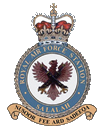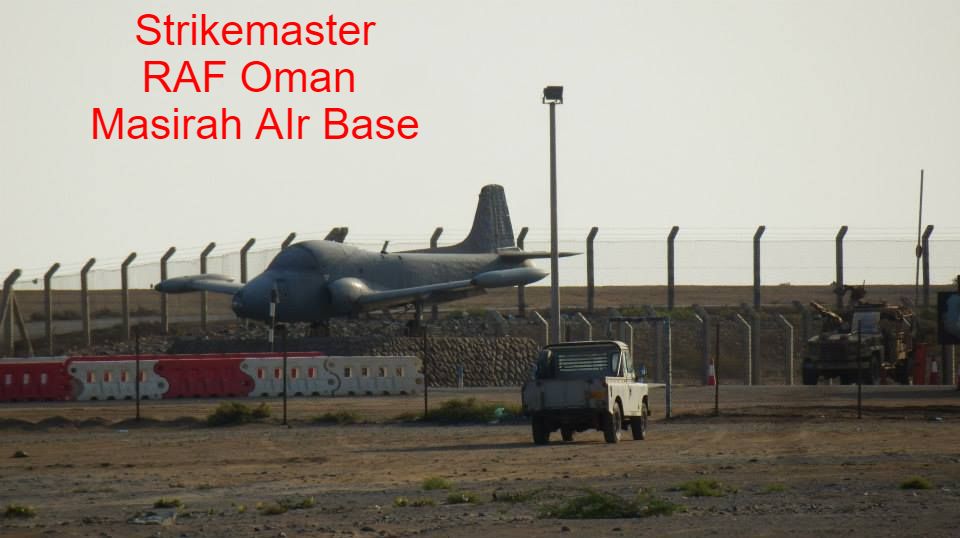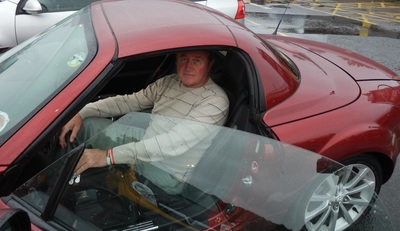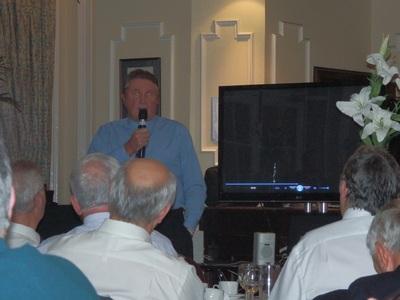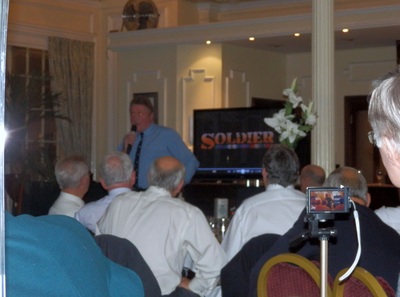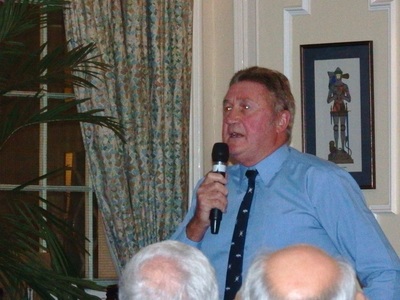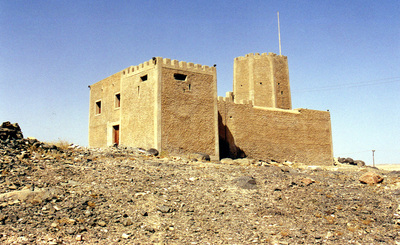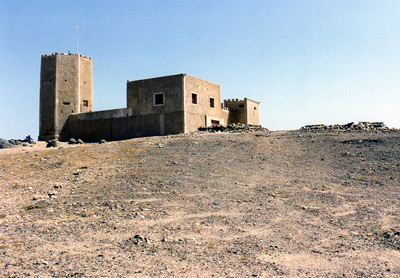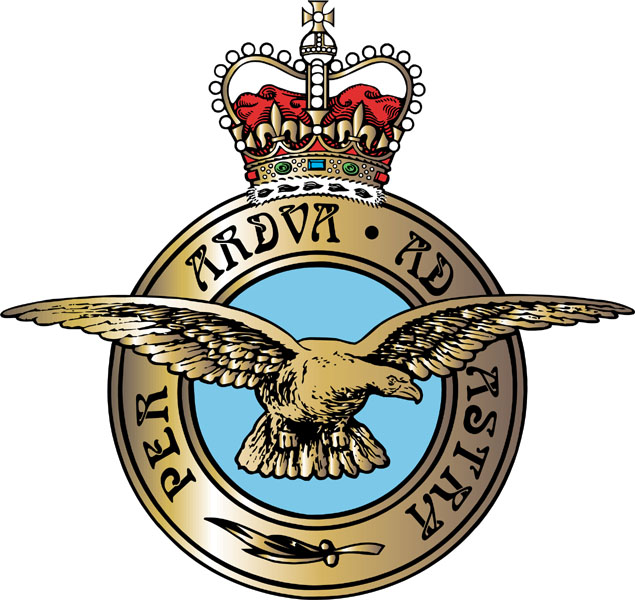Salalah
Salalah is the second largest city in the Sultanate of Oman, and the largest city in the Dhofar Provence. Salalah is also the birthplace of the current Sultan, Qaboos bin Said.
Sultans traditionally lived in Salalah rather than in Muscat, the capital and largest city in Oman; Qaboos changed this trend, and has lived in Muscat since he ascended to the throne in 1970 until his death 10 January 2020 at the age of 79.
The Dhofar Rebellion was launched in the province of Dhofar against the Sultanate of Oman The Sultanate had British Military support and the rebellion ended with the defeat of the rebels in 1976.
At the Associations 2012 Gala Dinner evening our guest speaker was Pete Winner (Pete Warne in the Daily Mail story) who's book 'Soldier I' is an eye opener into the recruitment, training and operations of the SAS Regiment.
Pete's first action was Mirbat, he went on to operate in many other areas including the Iranian Embassy siege, Northern Ireland and the Falklands conflict.
https://ospreypublishing.com/soldier-i-the-story-of-an-sas-hero
Pete's first action was Mirbat, he went on to operate in many other areas including the Iranian Embassy siege, Northern Ireland and the Falklands conflict.
https://ospreypublishing.com/soldier-i-the-story-of-an-sas-hero
